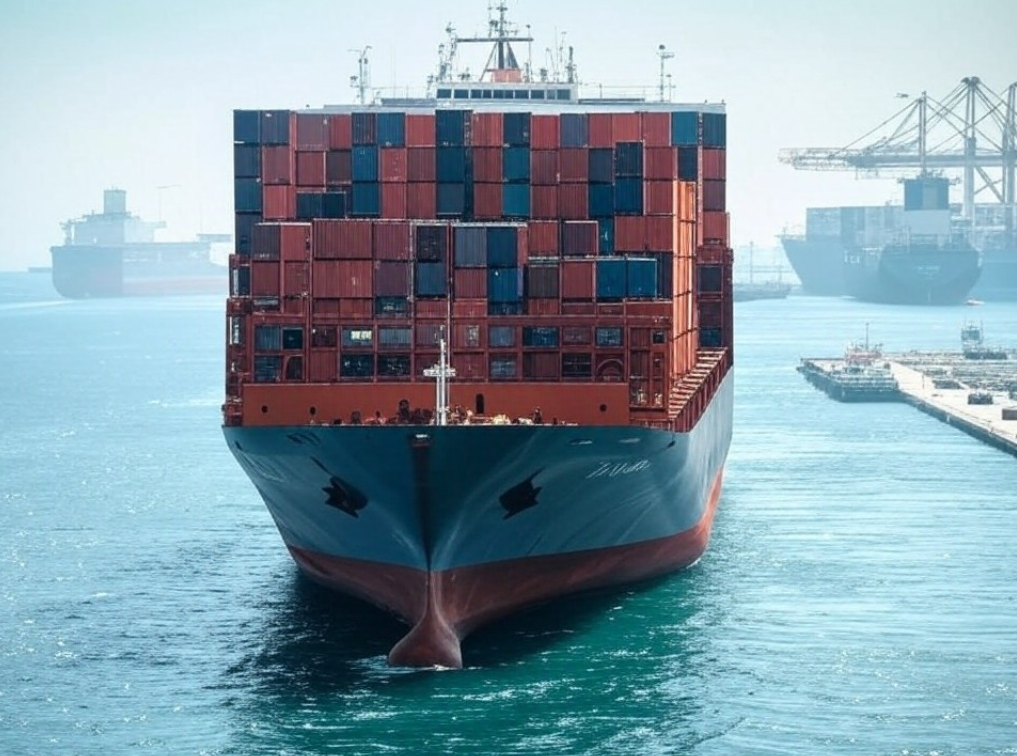
India's trade deficit expanded to $22.9 billion in January 2025, up from $21.94 billion in December 2024, according to government data released on February 17, 2025. This widening gap reflects a combination of declining exports and stable import levels.
Key Highlights:
Exports: January's merchandise exports stood at $36.43 billion, a decrease from December's $38.01 billion. This decline suggests potential challenges in global demand or competitiveness of Indian goods.
Imports: Imports slightly decreased to $59.42 billion in January from $59.95 billion in December. Despite this marginal drop, the high import bill continues to contribute significantly to the trade deficit.
Economists' Projections vs. Actual Data:
Economists had projected the January trade deficit to be $22.35 billion, according to a Reuters poll. The actual figure of $22.9 billion surpassed these expectations, indicating a more pronounced imbalance than anticipated.
Revised December Figures:
The government previously reported a record-high trade deficit of $37.84 billion for December 2024. However, after revising gold import estimates, this figure was adjusted to $32.84 billion. This revision underscores the significant impact of gold imports on the country's trade balance.
Factors Influencing the Trade Deficit:
Gold Imports: A decline in gold imports has been observed, attributed to rising global prices making purchases more expensive and reduced demand following the festive season. This reduction has provided some relief to the trade deficit.
Oil Imports: Conversely, the oil trade deficit has widened slightly due to increasing global crude oil prices, particularly from suppliers like Russia and the U.S. India's reliance on crude oil imports makes its trade balance sensitive to such global price fluctuations.
Implications for India's Economy:
The persistent trade deficit poses challenges for India's current account balance and may exert pressure on the domestic currency. Policymakers might need to explore strategies to boost exports, reduce non-essential imports, and diversify the export basket to mitigate the deficit's impact.
In summary, while the reduction in gold imports has offered some respite, the overall trade deficit remains substantial. Addressing this imbalance requires a multifaceted approach, including enhancing export competitiveness and managing import dependencies.
Note: This article is for informational purposes only and does not constitute financial advice. Readers are encouraged to consult financial experts before making any investment decisions.




